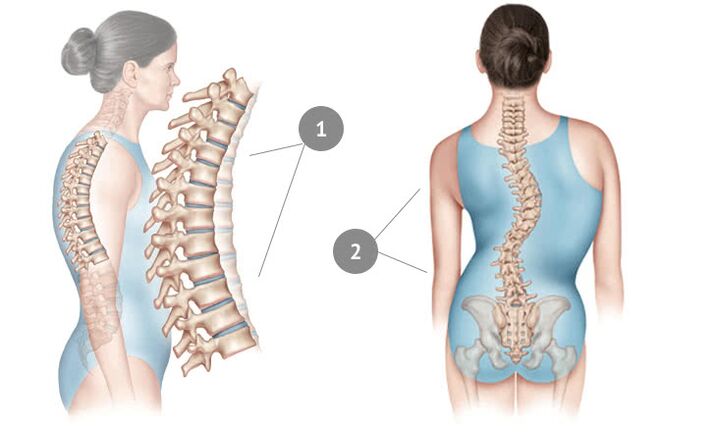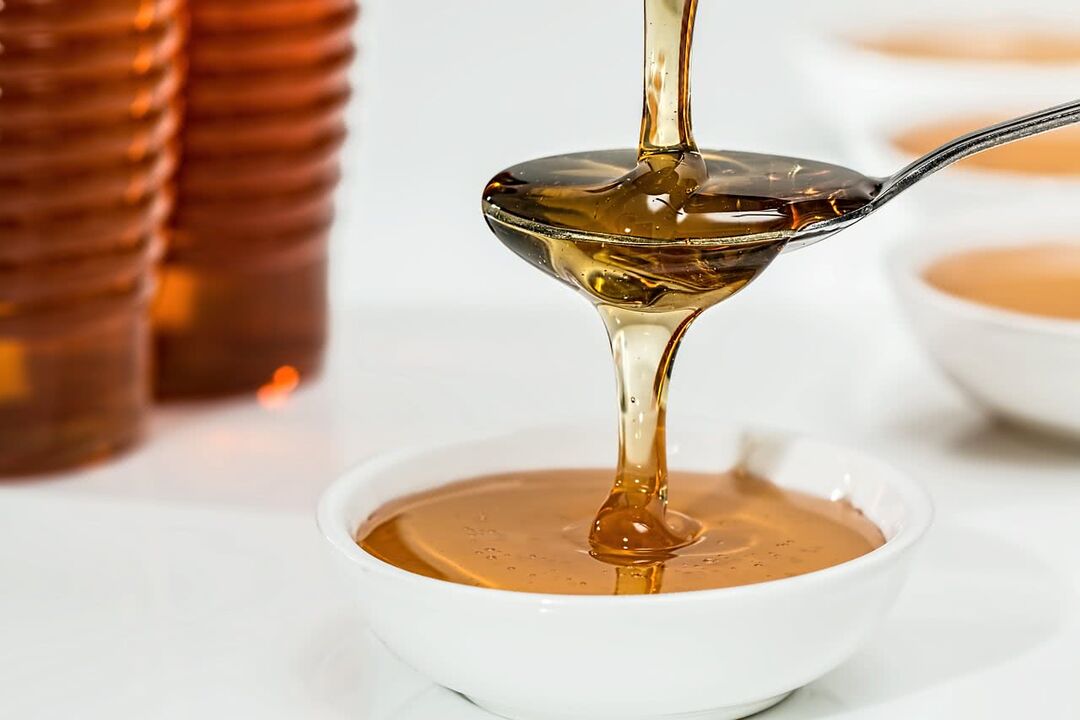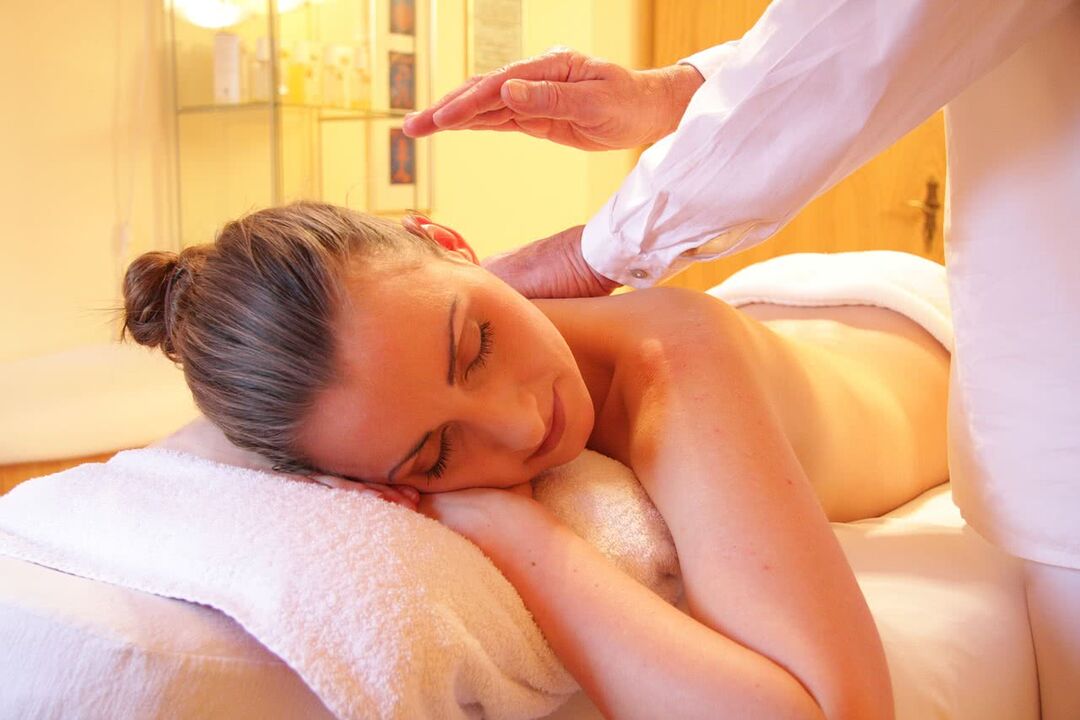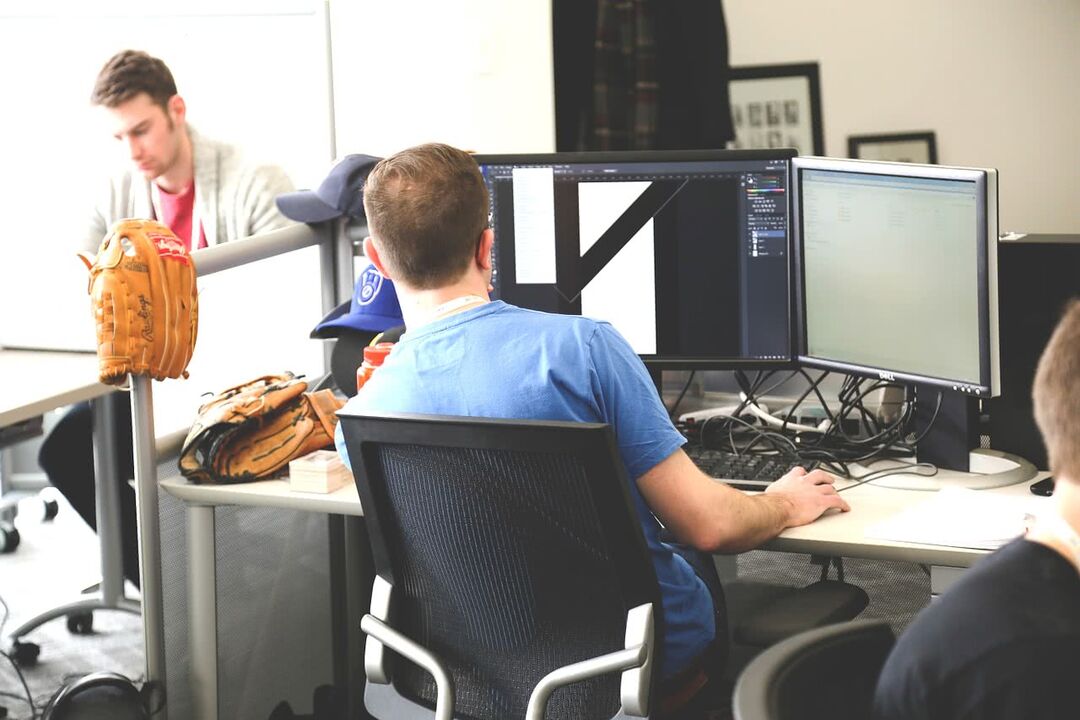Thoracic osteochondrosis is a disease in which the intervertebral discs of the thoracic spine are destroyed. Since this sector is the least active, it is less susceptible to the disease.
For thoracic osteochondrosis, it is characterized by cramping and pain in the chest, under the ribs, shortness of breath, stab wounds, cuts, and acute pain behind the breastbone. Symptoms and manifestations of the disease may be similar to other diseases.
symptom
Spinal pain is the most common and superficial symptom. Of course, they don't always talk about the development of a person's osteochondrosis. Therefore, you should pay attention to other sensations in your body:
- Chest discomfort and pain. Often with a sedentary lifestyle, you may not notice it. However, once you start doing any physical activity that increases your breathing, you will notice increased pain. The nature of this pain may be referred to as a girdle.
- Also, you may experience pain in completely unexpected places - areas of the heart, stomach, liver. This is because thoracic osteochondrosis tends to "mask" as a specific disease. For example, many people may confuse it with gastritis, ulcers, or angina.
- If you notice periodic "goose bumps" in the chest area, combined with other findings, this may indicate chest osteochondrosis.
- In some cases, there may be a loss of sexual function, such as male impotence.
thoracic osteochondrosis pain
One of the main features of this pain is low back pain. However, it is not always possible to identify this pain through it. Here's another way it can be felt and represented:
- Most often in the dark behind the breastbone;
- A feeling that can be described as a "pile in the chest";
- Hypochondria discomfort on the right and left sides;
- Feeling as if there is a foreign body behind the breastbone;
- People in the esophagus and pharynx area may experience pain if the lesion only touches the upper part of the chest.
Because these symptoms are still very vague and can be indicative of many other conditions, doctors recommend additional ECG tests.
effects on organs
As it develops, the disease negatively affects the internal organs, namely the lungs and heart. The following are the possible consequences of thoracic osteochondrosis:
- Effects on the heart. Mainly it causes pinching of nerve roots in the chest area. After all, that's where the cardiac plexus starts. It is these plexuses that regulate the work of the heart. The main alarm bells here are frequent palpitations (premature beats), arrhythmias, tachycardia. Therefore, effects on the circulatory system may be present in any of these symptoms, or at the same time;
- Effects on the lungs. It most often presents with dyspnea and pain at the same time.
Why does thoracic vertebral osteochondrosis occur?
Although osteochondrosis as an overall disease is common, thoracic osteochondrosis is uncommon. The prerequisites for the disease to occur have been found in schoolchildren sitting at their desks and making faces. Because of this, children may develop scoliosis, and at a more mature age - osteochondrosis. Most other developmental causes are closely related to scoliosis:
- violate posture;
- Violation of metabolic processes affecting the integrity of the intervertebral disc;
- a sedentary lifestyle;
- genetic causes;
- Spinal cord injury;
- Static work and prolonged uncomfortable, twisted postures.

How to treat?
After an accurate diagnosis is established during the test, the doctor prescribes a special drug. In the case of thoracic osteochondrosis, the following drugs may be included, depending on the severity of the disease and the characteristics of its presentation:
- First, drugs that "kill" the pain and relieve discomfort are prescribed. They are called non-steroidal anti-inflammatory drugs or glucocorticoids.
- To avoid a lack of fluid in the disc, papain is used.
- Medicines called "chondroprotectants" are prescribed. With their help, cartilage tissue is generally strengthened.
- Medications that relieve muscle spasms around the spine can be added to the list.
- If the development of an inflammatory process is detected, special anti-inflammatory therapy is prescribed.
But, of course, there is no cure with drugs alone. Be sure to follow a healthy lifestyle with proper nutrition. These actions are not only useful for treatment, but also for prevention of this and many other diseases.
Thoracic Osteochondrosis Exercises
Since physical inactivity is one of the underlying causes of disease development, the role of exercise in this condition is large. Plus, with exercise and medication, your body will return to normal and stable faster.
There are many specific exercises for the chest. When performing them, follow the basic rules: don't be a jerk, move slowly and smoothly, and don't try to overload your body. Increases are allowed, but only if you are not in pain. So, what are the most effective forms of exercise that physical therapy offers?
- Lie down on the floor. Hands along the body. We bend in the thoracic area - smooth and gentle. Elevate your arms and head as high as possible, but try to avoid pain. It is recommended to implement at least 5 methods.
- For the next exercise, we need a chair with a small, sturdy back. We sit directly in the chairs. We exhale and bend back while moving our hands back. Then we go back to the starting position. We repeat 10-12 times.
- We stood up straight. Hands at seams and legs together. Take a deep breath and raise your hands. As you exhale, slowly bend back and lower your arms. We go back to the starting position. It is recommended to do 7-9 sets at a time.
- Lie down on the floor. Slowly bend your back as you inhale and return to the starting position as you exhale. Repeat the exercise 7-10 times.
- We lie on the floor. Hands at the seams. Your task is to tear your body off the floor and reach your head to your heels. We pull the whole body, we work the chest. The number of methods required is 7-8.
- We work with the upper part of the chest area. Starting Position - Arms at seam, feet shoulder-width apart. We work with our shoulders. We lift them together first and then individually. We twist our shoulders forward-backward, forward-backward. We execute 10-15 methods for each task.
- Also, for the upper chest, you can perform circular motions with your hands. The starting position, as in the previous task. Extend your arms to the sides and form your hands into fists. We perform a forward rotation of the fist - back, then the arm from the elbow - back and forth, then the whole arm back and forth. We practice each part 4-6 times, and generally we repeat the practice 2-4 times.
Exercise morning and evening, at least 15-20 minutes. Dilute it with a set of exercises that target other muscle groups by plugging in a few of the options above.
massage
Massage is also a great tool for fighting osteochondrosis. There are therapeutic massages here, prescribed by specialists after a thorough examination of the patient. You can also do it at home - here are a few options on how to do it.

Honey massage. We will need 2-3 tablespoons of honey, preferably not candied, warm. We dip our palms in honey so that they are covered with a thin layer of honey. We apply it to the area behind the sternum and rip it off vigorously, repeating a few times, moving the palm from place to place.
This massage should not be done for too long as it can cause pain. A class of 10-15 minutes is enough. The skin then becomes red and "burns".

Classic massage. It consists of several steps, among them: stroking, kneading, vibrating, rubbing. Massage with a cream or ointment for osteochondrosis is recommended - the attending specialist can recommend it to you.
The duration of this massage should not exceed 20 minutes, and the total course of this style should not exceed 11-13 sessions. As a precautionary measure, kneading of the neck, arms, shoulders, buttocks and even legs is also recommended.
home care
In addition, there are alternatives for the treatment of thoracic osteochondrosis. For example, kneading is very good, and this foundation can also be used when massaging. Usually based on cloves, horseradish, garlic, onion, potato, ficus. Add honey, vegetable oil, and sometimes cologne or alcohol. Everything is thoroughly mixed into a homogeneous mass and rubbed over the damaged area. For example, you can make a scrub with ficus leaves according to the following recipe:
- Pass 6-8 fig leaves through a grater or cut into small pieces. Placed in a container, they poured 2 bottles of triple cologne into it. mix. 2 weeks rubbing should be in the dark. It must then be used at least 2 times a day until the skin becomes hot.

Working in front of a computer is one of the main causes of osteochondrosis. It is recommended to exercise at least every two hours when in front of the computer for long periods of time.
Daily activity on the computer without physical activity can lead to poor posture. This happens because a person does static work for long periods of time without resting the muscles and spine and without doing any warm-up or rest. In the future, if this problem is not corrected, osteochondrosis in the chest area may develop.
To prevent this, experts recommend so-called office charging, designed for those who work in front of a computer most of the time.
For example, the following exercises are very good:
- Arch your back by extending your arms up and tilting your head back. Feel a pleasant heaviness in the back. Do it at least 3-4 times every hour in front of your computer.
- Perform a circular head rotation. Look left and right, tilting your head back and forth.
- Raise your arms - to the sides - forward - to the sides. Repeat several times.
- If you can, stand next to your work area and move from one foot to the other.
Don't forget to change your posture while working at the computer, so your health, spine and posture can be preserved for a long time!
Strengthening Back Muscles with Osteochondrosis
Strengthening the back muscles is a very important part of treating and preventing osteochondrosis. In order to do this, physical activity is enough - working out, taking a fitness class or the gym. Choose the option that works best for you. For example, swimming is great for building muscle, so you can not only enjoy it, but also improve your body.




























